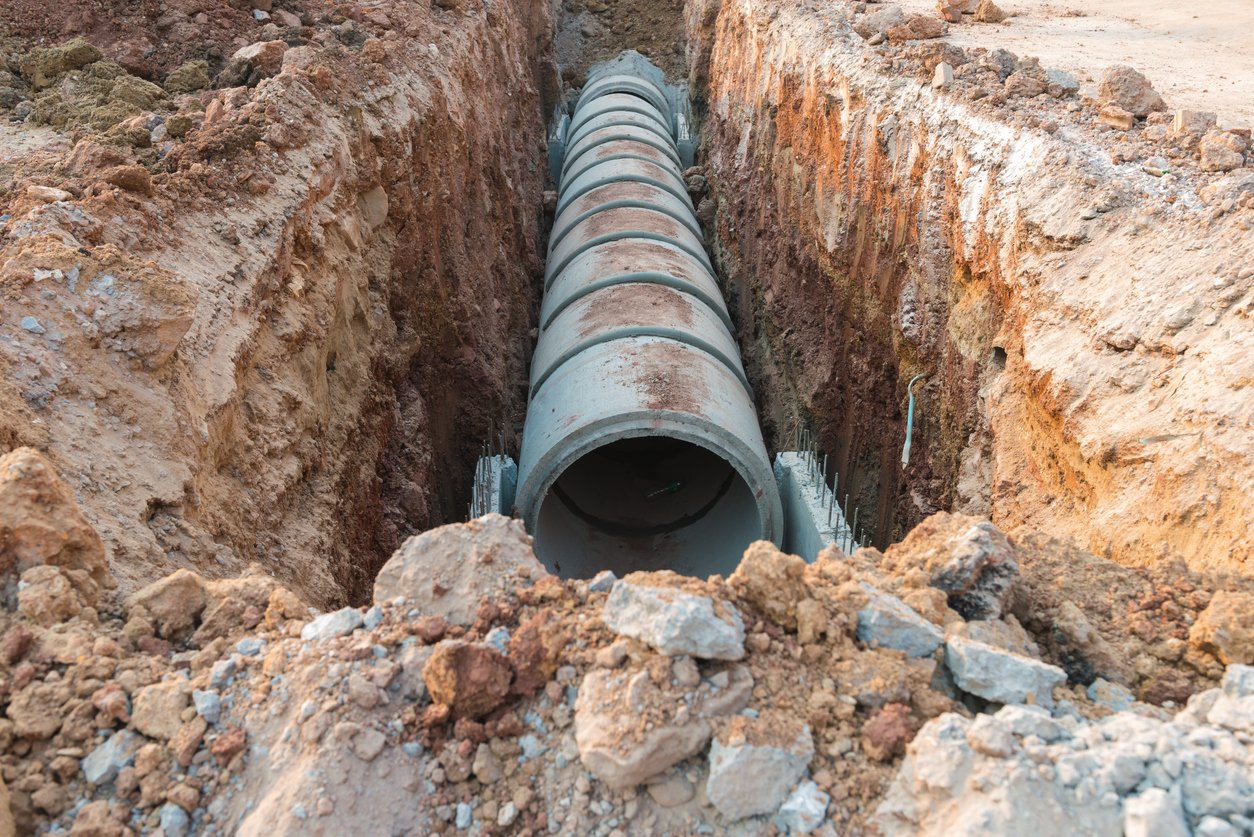How Sewer Lines Work & Why They Matter
Sewer lines are the unseen heroes of modern civilization, quietly working beneath our feet to keep our communities clean and healthy. This intricate network of pipes and tunnels is essential for transporting wastewater away from homes, businesses, and public places to treatment facilities where it can be processed and safely returned to the environment. In this blog, we'll explore the fascinating world of sewer lines, understanding how they work, their components, and why they are crucial for urban life.
The Basics of Sewer Lines
At its core, a sewer system is designed to handle wastewater, which includes water from sinks, toilets, showers, and industrial processes. There are two main types of sewer systems: sanitary sewers and storm sewers.
Sanitary Sewers: These systems exclusively handle wastewater from homes and businesses. This water is transported to treatment plants where it is cleaned and processed.
Storm Sewers: These systems collect rainwater and runoff from streets, roofs, and other surfaces, directing it to natural bodies of water like rivers and lakes.
In some areas, combined sewer systems are used, where both sanitary and stormwater are transported in the same pipes. However, these can lead to overflows during heavy rainfall, causing untreated sewage to spill into the environment.
Components of a Sewer System
Lateral Lines: These are the pipes that connect individual buildings to the main sewer line. Each home or business has its own lateral line that carries wastewater to the larger network.
Main Sewer Lines: These larger pipes collect wastewater from multiple lateral lines and transport it to the treatment facilities. They are typically located under streets and are maintained by local municipalities.
Interceptor Sewers: These are even larger pipes that collect wastewater from main sewer lines and carry it to the treatment plants. They are designed to handle large volumes of water.
Manholes: These are access points located at regular intervals along sewer lines. They allow maintenance workers to inspect, clean, and repair the sewer system.
Lift Stations: In areas where the natural slope of the land isn't sufficient to move wastewater by gravity, lift stations pump the water to higher elevations so it can continue its journey.
How Sewer Lines Work
The basic principle behind sewer lines is gravity. Most sewer systems are designed to use gravity to move wastewater from homes and businesses to treatment plants. Here's a step-by-step look at how this process works:
Collection: Wastewater from sinks, toilets, and drains enters the lateral lines from individual buildings.
Transport: The lateral lines carry this wastewater to the main sewer lines. Due to the slope of the pipes, gravity helps move the water along its path.
Pumping: In areas without sufficient slope, lift stations pump the wastewater to higher elevations so gravity can take over again.
Treatment: The main sewer lines transport the wastewater to treatment plants where it undergoes various processes to remove contaminants and prepare it for safe discharge into the environment.
The Importance of Sewer Systems
Sewer systems are vital for several reasons:
Public Health: By efficiently transporting wastewater away from populated areas, sewer systems prevent the spread of diseases and protect public health.
Environmental Protection: Properly managed wastewater treatment prevents pollutants from entering natural water bodies, preserving ecosystems and ensuring clean water for wildlife and human use.
Urban Development: Reliable sewer infrastructure supports urban growth by allowing new homes and businesses to connect to a centralized system, promoting orderly and sustainable development.
Maintenance and Challenges
Maintaining a sewer system involves regular inspections, cleaning, and repairs. Common challenges include blockages caused by grease, debris, or tree roots, as well as aging infrastructure that may require replacement or upgrading. Innovative technologies, such as remote-controlled cameras and trenchless repair methods, have made sewer maintenance more efficient and less disruptive.
Wrapping Up: The Importance of Efficient Sewer Lines
Sewer lines are a fundamental yet often overlooked component of modern urban infrastructure. They ensure that wastewater is safely transported and treated, protecting public health and the environment. Understanding how sewer lines work can help us appreciate the complexity and importance of these systems, and underscore the need for proper maintenance and investment to keep our communities clean and healthy.

